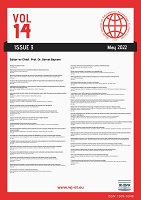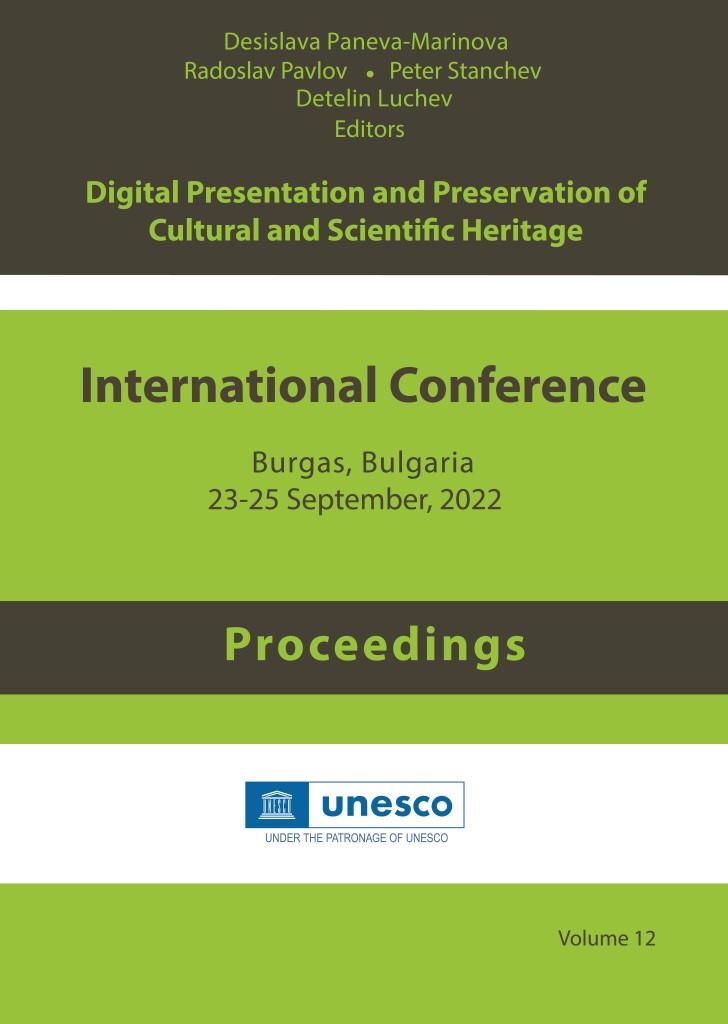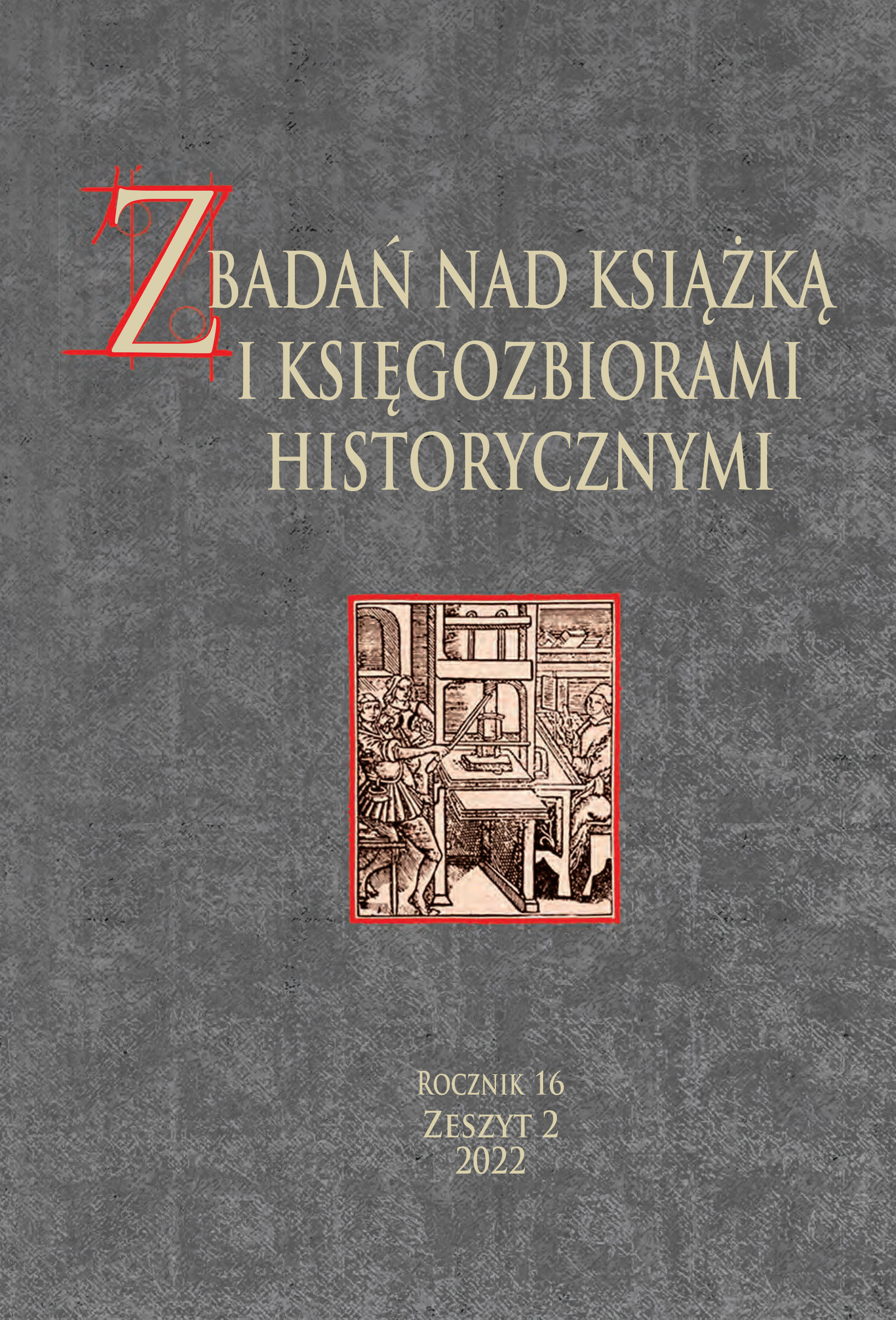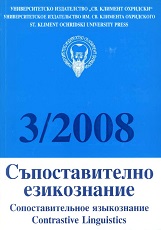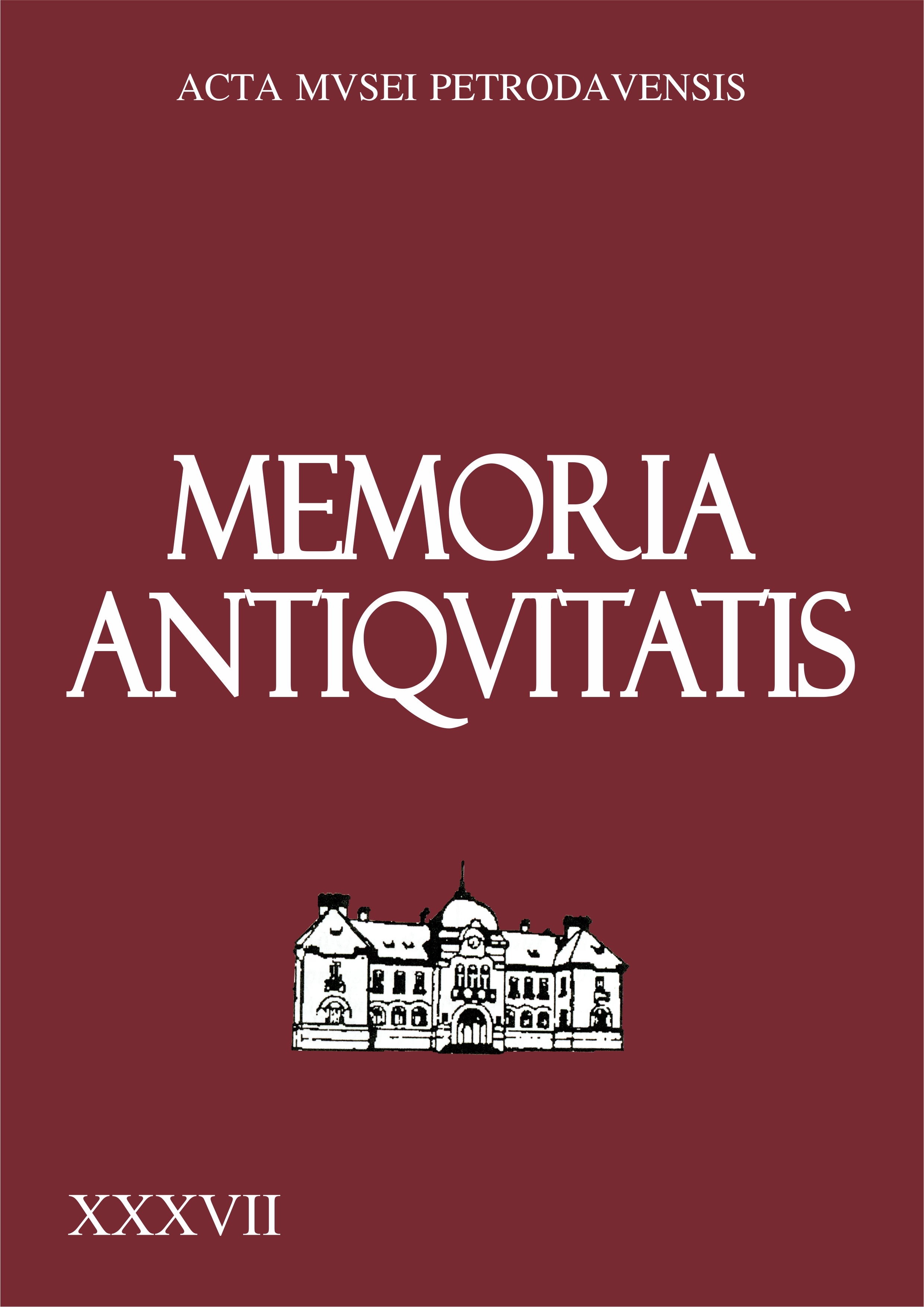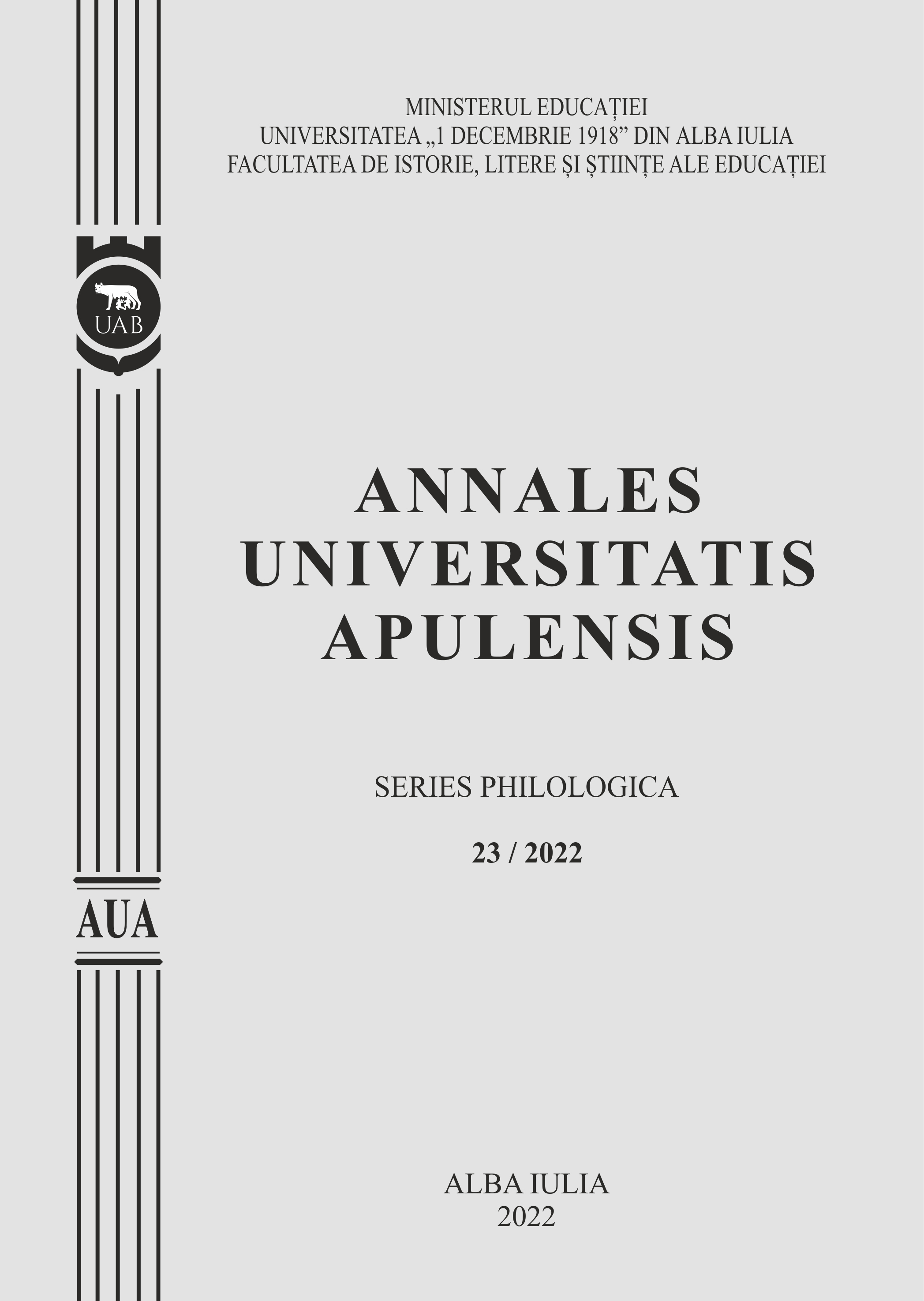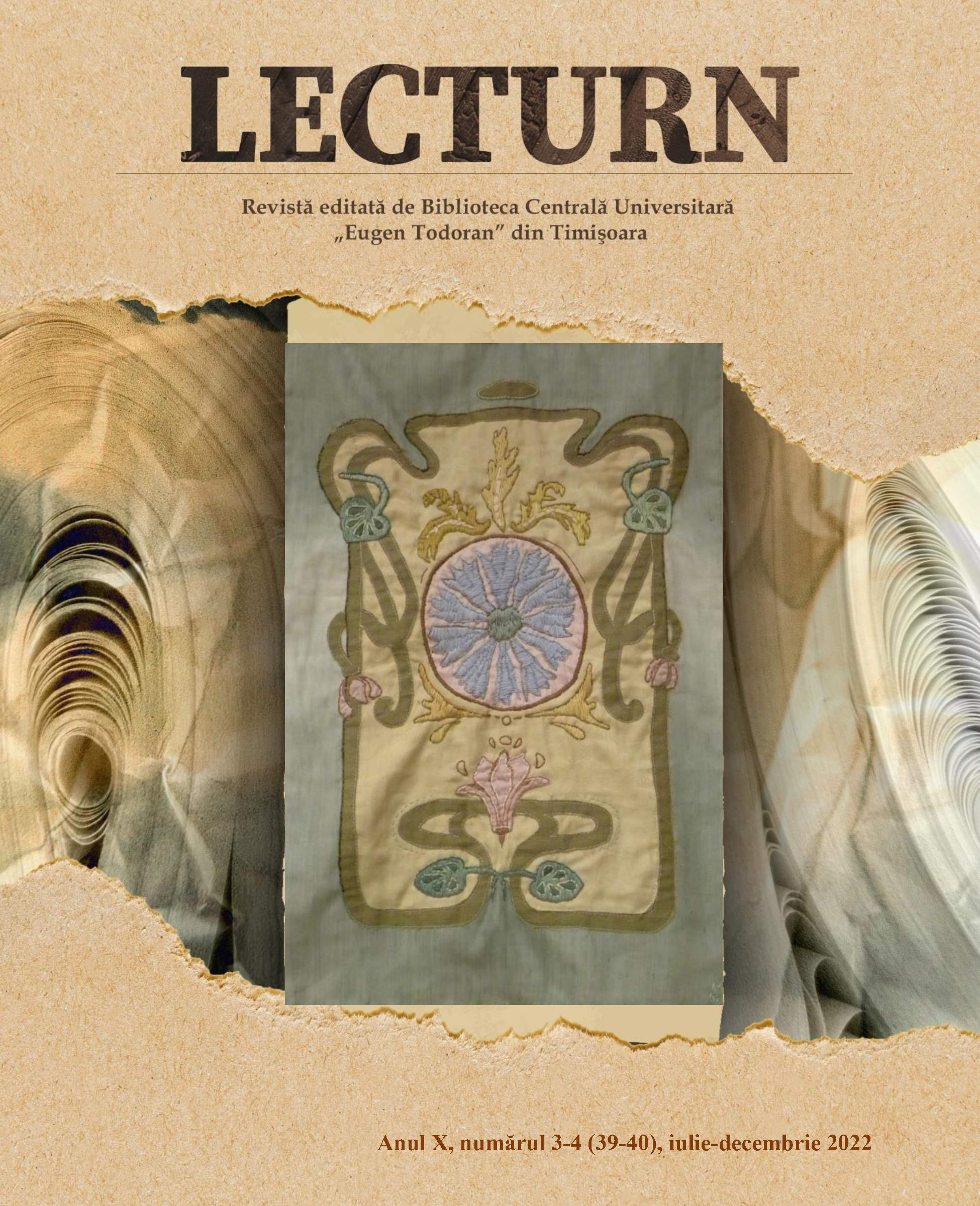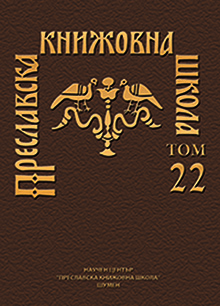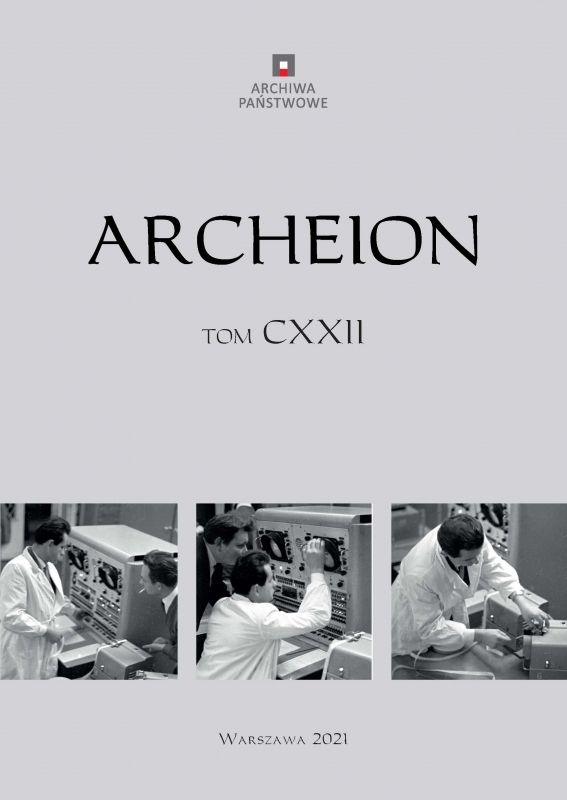
Emocje, afekty, archiwa i selekcja. Ekscytujące drogi nowej humanistyki
Artykuł jest próbą wprowadzenia do polskiego obiegu naukowego i spopularyzowania teorii i założeń prezentowanych do tej pory głównie w literaturze anglosaskiej, a dotyczących tematu afektywności (czy też emocjonalnego aspektu) archiwów. W wyniku jakościowej analizy dotychczasowych badań oraz tekstów teoretycznych wskazano cztery obszary tematyczne, oferujące szczególnie ciekawe perspektywy dla badaczy i archiwistów: afekt i selekcja archiwalna; afekt i wykorzystanie archiwów; afekt i opis archiwalny; archiwa i trauma. Szczególnie wiele miejsca poświęcono wartościowaniu dokumentacji i pozycjonowaniu archiwisty w tym procesie. Podjęto również próbę odniesienia tego typu badań do koncepcji nowej humanistyki. [This article attempts to introduce and popularize in Polish academia the theories and assumptions, which have so far been presented mainly in the Anglo-Saxon literature on the subject, of the affectivity (or emotional aspect) of archives. Through a qualitative analysis of existing research and theoretical texts, four thematic areas were identified that offer particularly interesting perspectives for researchers and archivists: affect and archival selection; affect and archival use; affect and archival description; and archives and trauma. Particular attention has been given to appraising documentation and positioning the archivist in this process. An attempt is also made to relate this type of research to the concept of new humanities.]
More...
